Owu, formerly known as Orile-Owu, an old forest kingdom, is thought to have been the earliest town outside of Ile-Ife, the Yoruba people’s traditional homeland. The idea that this ancient kingdom served as the foundation for all other Owu communities has given rise to many controversies.
The Owu people are particularly well known among the many Yoruba sub-ethnic groups, especially when one considers the years of war that involved the larger Oyo Kingdom. Thus, other Yoruba sub-ethnic groups, such as Oyo, Egba, Ife, Ijebu, Ijesha, Awori, Remo, Igbomina, Ondo, and Ekiti, are inferior to the Owu kingdom. Owu was popular as a prominent ancestral domain of the Yoruba people. It also ruled the waves in the aforementioned area of old Oyo.
The Owus are mainly concentrated at Ago-Owu in Abeokuta, but a larger number of Owu towns may be found elsewhere across the Yoruba empire. The Yoruba kingdom stretches into the Republic of Benin from Nigeria’s borders.
In this piece, Naijabiography will be exploring the history of the Owu Kingdom.
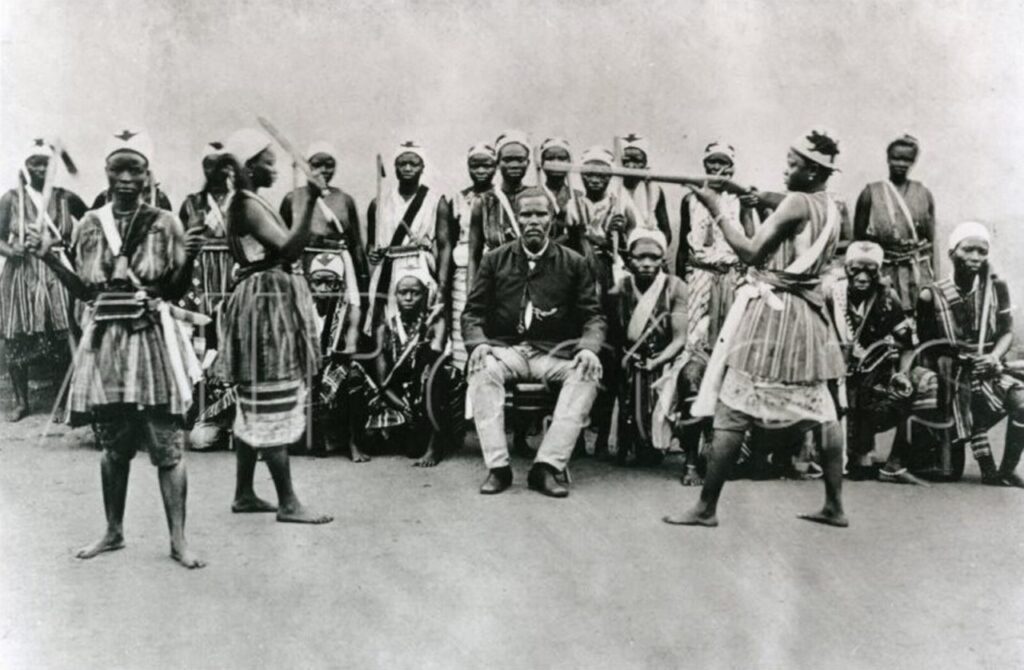
History
Following their initial settlement in Ago-Owu in 1820, where the history of the Owus was first written down. According to oral history traditions, the Owus lived in the present-day nation of Nigeria in a region that was directly along and below the Niger River. Tribal and ethnic disputes directly contributed to the Owus’ southerly migration.
According to history, the rulers of Ibadan dispatched diplomatic emissaries to the Owus after receiving information about the Owus’ allegedly impending attack on their town. So, unlike earlier settlements, the Owus did not attempt to fight against the army of Ibadan but instead moved in peacefully. From Ita Lisa to Owu Ipole near Ikire, the monarchs of Ibadan provided the Owus territory to settle there.
Up until the reign of Sango, Owu had been the ruler of old Oyo, collecting tribute from the Bariba and the Borgu. All of this occurred because the Owu also made their home in that area. History has it that they undoubtedly had a strong presence in the area. In the Makun and other conflicts against Ado Odo and Dahomey in 1842–1845, Owu fought alongside Egba. At Itori, Yobo, Ifo, Atan, and Ota, Owu contingents engaged in battle, routed the Awori, and are still occupying those locations.
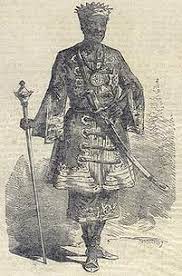
However, their mainstream had settled among the Egbas in Abeokuta. The Owu people had waged wars, won battles, and settled in several locations between the Niger River and the sea; that is, there are Owus in Lagos State; Epe, etc. Nevertheless, they are not Ijebus or Egbas. But their relationship was because the Owu colonies in Ijebu and Abeokuta usually developed on friendly terms rather than as a consequence of direct combat or victories over them.
As a result of their liberty to spread across all regions within the Yoruba kingdom, Orile-Owu was formulated. The word “Owu” is derived from a cotton plant of the genus Gossypium, whereas “Orile” refers to an ancestral residence or hamlet. The Yoruba people call this plant owu. “Orile-Owu” denotes the Owu people’s first home or hamlet. Early inhabitants of this kingdom grew cotton and traded in it. As a result, it was given the name “Igbo Owu,” or Cotton Forest.
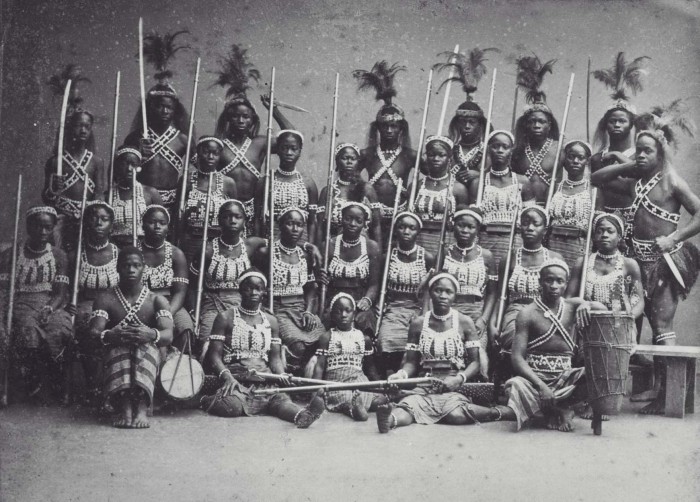
Owu Wars
The forces of Ijebu and the Ife assaulted and destroyed Owu Ipole between 1821 and 1826. Around 1826, the Owus fled their heavily guarded city and headed in small groups southwestward toward Ibadan. From these peripheries, they marched on and over the Ogun River until they reached Oke Ata, which is close to Abeokuta, when Sodeke, the Egba supreme leader, convinced the valiant Owus to dwell there in approximately 1834.
It is important to note that the current Orile Owu is the same location as Owu Ipole, where Owus from Iwo and other areas relocated in the early 20th century. Also, the residents of Erunmu, which was established by a previous Olowu from the Amororo Ruling House, were consistently devoted to the cause of the Owu Kingdom. However, the Olowu was transported from Orile Owu, that is, Owu Ipole to Orile Erunmu during the Owu War on his back, which, according to history, was to conceal his escape, protected by a united squad of his royal guards and Oba Erunmu’s royal guards.
Thus, the remnant Owu army withdrew after Orile Owu was completely destroyed in order to defend Orile Erunmu from the united armies of Ijebu and Ife.
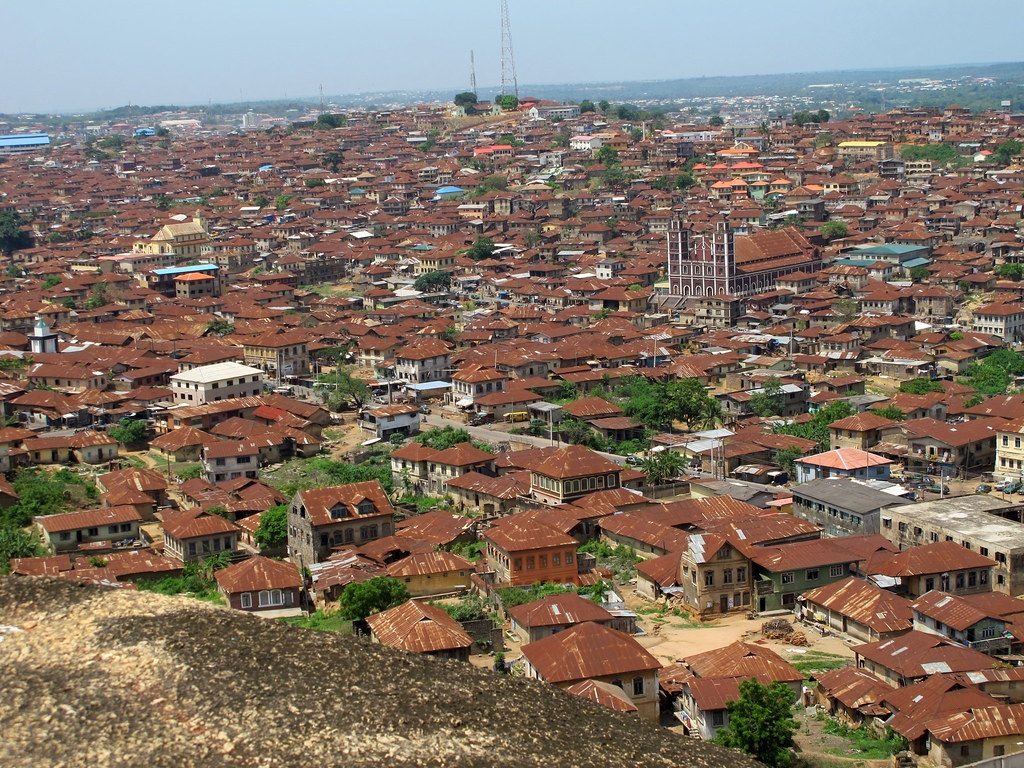
The Owu Crown
The Olowu and the Oluroko of Erunmu planned to ensure that the royal lineages and the crown inherited from Oduduwa were preserved before Orile Erunmu was similarly decimated and completely destroyed. The Olowu gave the Owu crown to Ijaola, one of the king’s closest advisors, and a warrior simply known as Akogun, who was Owu’s first recorded Akogun warrior; Akogun is a designation akin to a modern army defense chief.
Meanwhile, Ijaola was despatched on a required royal assignment to Ibadan with a message for Maye, the Ibadan warlord, while Akogun was sent to the battlefront in the hope that he could change the course of the war. These two crown trustees had to transfer the care of the crown to Oni, an experienced trader before they could depart to carry out their different commands. The refugees who eventually landed in Abeokuta mixed with Oni and other officials in charge of the crown. These men were under tight orders not to reveal the location of the crown while the Akogun and Ijaola were away unless they heard of their passing. Instead of Owu-Abeokuta, the crown is now based in Owu-Ijebu. All Owu descendants continue to be proud of it.
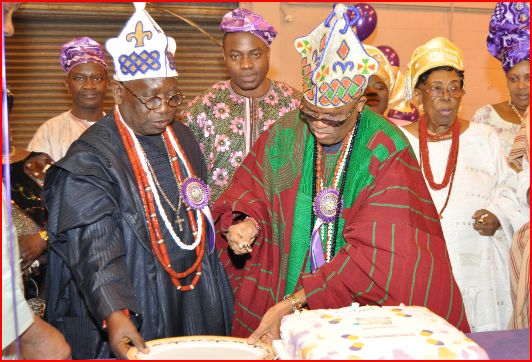
Owu Kingship
At Oke Ago-Owu, Abeokuta, the Owus elevated Oba Pawu as the first King Olowu of the Owus in 1855. Notably, there was a 21-year gap between the Owu sojourners’ arrival in Abeokuta and Pawu’s coronation as the city’s first Olowu. He ruled for twelve years. The sociocultural tie that was visible during the trip between Orile Owu and Abeokuta may be blamed for the interim, that is, the vacant throne that existed at the time.
However, the Owu households at the time were no longer concerned about one another’s well-being due to hardship. Also, the inhabitants of Erunmu were the ones who suffered the most because there were fewer of them—they were marginalized by other Owu natives as a result of their minority status.
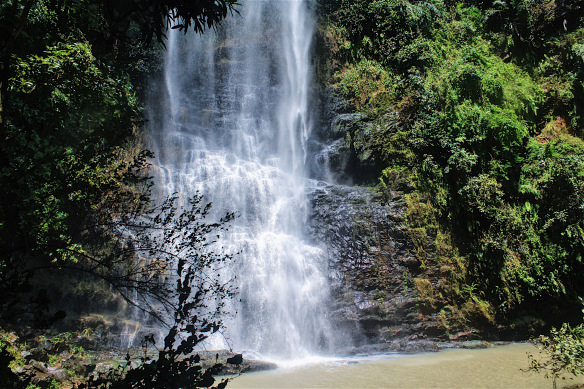
Oni, the keeper of the crown, was certain that if he gave the crown to a group of individuals who had lost interest in their brothers’ needs, autocratic control would be allowed to take hold in the townships of Owu, Erunmu, and Apomu, which were the Owu kingdoms in Abeokuta. Over time, Akogun, who was the warlord, made his way to Abeokuta, but he was unable to find either Ijaola or Oni, Ijaola’s stepbrother. Additionally, Ijaola had to hide in a farm settlement to avoid capture when he returned to Erunmu, which was unknown to the Olowu and Oluroko.
He (Akogun) then made his home in Iwo town, where there was a neighbourhood of Owu refugees, and he started trading goods and prisoners of war there. Through a different itinerant Owu trader stationed in Abeokuta, he was able to reestablish contact with his stepbrother throughout the course of this deal. All preparations were eventually made for Ijaola to go to Abeokuta, where he resettled the Erunmu people at Ita Erunmu, now called Totoro, after a tree. However, 21 years after the Owu tribe initially moved to Abeokuta, Ijaola, Akogun, and Oni then revealed the crown of Oduduwa after consulting with one another.

The Termination of the Ogboni Council in Owu
The conferral of Ogboni traditional titles in Owu Abeokuta was discontinued by the then Olowu of Owu, Oba Olusanya Adegboyega Dosunmu Amororo II (Amororo Ruling House) because the Ogboni tradition is foreign to Owu culture. Even though the Owus have been identified with the shrouded Ogboni culture for more than a century, they do not live in Ogboni houses and do not follow Ogboni principles.
The Owus do not convene Ogboni assemblies or have an Oluwo (Ogboni Head Chief). Also, the Owu palace has a tradition of free discussion in which any Owu person is welcome to take part. Because of this, the Owus are sometimes referred to as “Owu a gbooro gbimo,” or “Owu the deliberative group.”
The Owu Council
The Cabinet of the Olowu, the supreme monarch of the Owu Kingdom, is made up of seven groups. The Supreme Cabinet of the Olowu of Owu, also known as “Olowu-in-Council,” is made up of the individuals mentioned, with the Olowu serving as its chairman: Balogun, Olori Igbimo, Olori Omo-Oba, Olori Parakoyi, Oluroko of Erunmu, Balogun Apomu, and Iyalode.
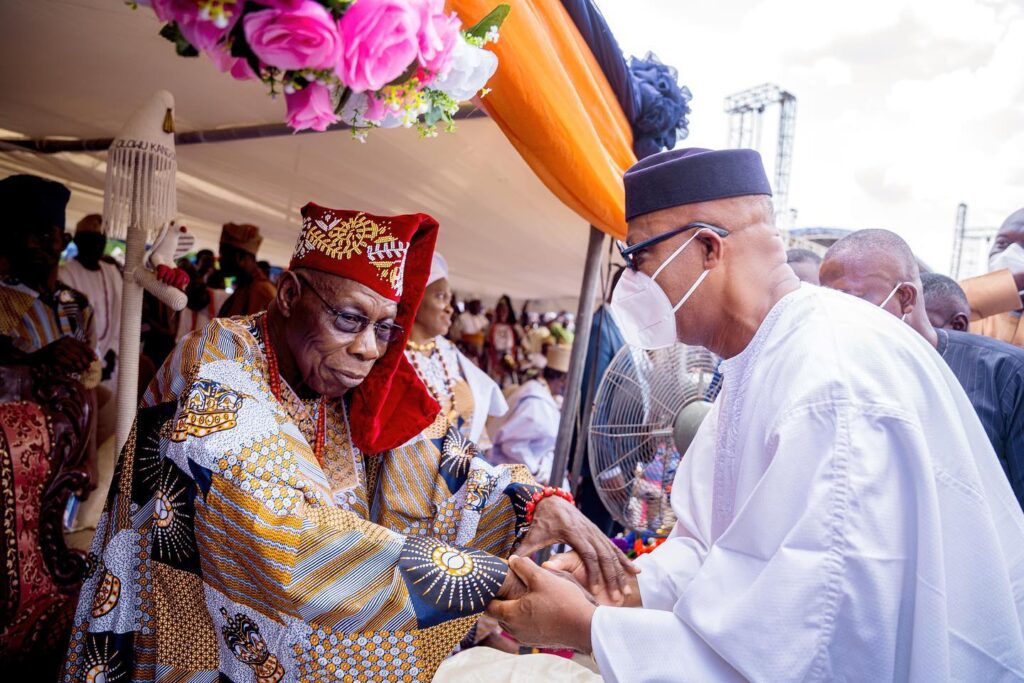
Owu Festival
Giving thanks to Olodumare, that is, the Almighty God for providing for all needs is the original intent of the Omo Olowu holiday. Since its inception in 1999, the annual Owu Day festival has drawn both Owu natives and visitors from around the globe. The second weekend in October will be Owu’s public celebration of the benevolence of the Almighty God, according to a declaration made public by the Olowu of Owu Abeokuta, Oba Dosunmu, on October 9, 2010.
This announcement was made to officially launch the new Omo Olowu festival, which will take the place of the previous Owu Day Festival going forward. Ironically, the Owu Day Festival held its tenth and final performance in 2009 on the tenth day of the tenth month.





